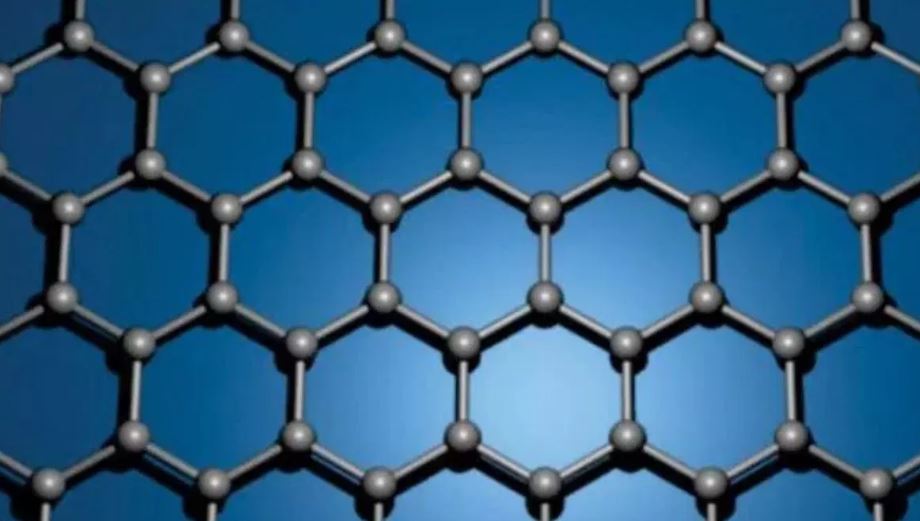
Researchers have created electronic tattoos using silk and graphene. The e-tattoos are a very thin form of wearable electronics. Thanks to their softness and extremely light weight, they can be mounted intimately on human skin for non-invasive sensing and high fidelity.
Electronic tattoos have buttons you can press to control your smartphone. The researchers designed them to act as biosensors or dosimeters, which can gather data related to human health.
They can monitor data regarding, for example, skin reactions to pharmaceutical drugs (biosensors). They can also assess levels of ultraviolet light exposure (dosimeters).
Graphene, the toughest, lightest, and thinnest material in the world, is also surprisingly flexible. By adding graphene, the e-tattoo can be twisted, pressed, and bent with no sensor functionality loss.
This new sensor is a material matrix comprising silk fibroin and graphene.
The researchers, from Tsinghua University and ShanghaiTech University, wrote about their work in the journal Advanced Functional Materials (citation below). The authors were Qi Wang, Shengjie Ling, Xiaoping Liang, Huimin Wang, Haojie Lu, and Yingying Zhang.
Tests on electronic tattoos show good sensitivity
The researchers printed a suspension of graphene, silk fibroin, and calcium ions. The graphene flakes, through this process, distributed in the matrix to form an electrically conductive path. The path is extremely sensitive to changes in the environment. It can also detect multi-stimuli.
Tests showed that the e-tattoos are very sensitive to eternal stimuli such as temperature, humidity, and strain.
The electronic tattoo can also self-heal. When the tattoo touches water, it can be healed if there is mechanical damage. The healing process, which took just 0.3 of a second, was total, i.e., 100%.
Citation
“Self‐Healable Multifunctional Electronic Tattoos Based on Silk and Graphene,” Qi Wang, Shengjie Ling, Xiaoping Liang, Huimin Wang, Haojie Lu, and Yingying Zhang. Advanced Functional Materials Feb 2019. DOI: https://doi.org/10.1002/adfm.201808695.

